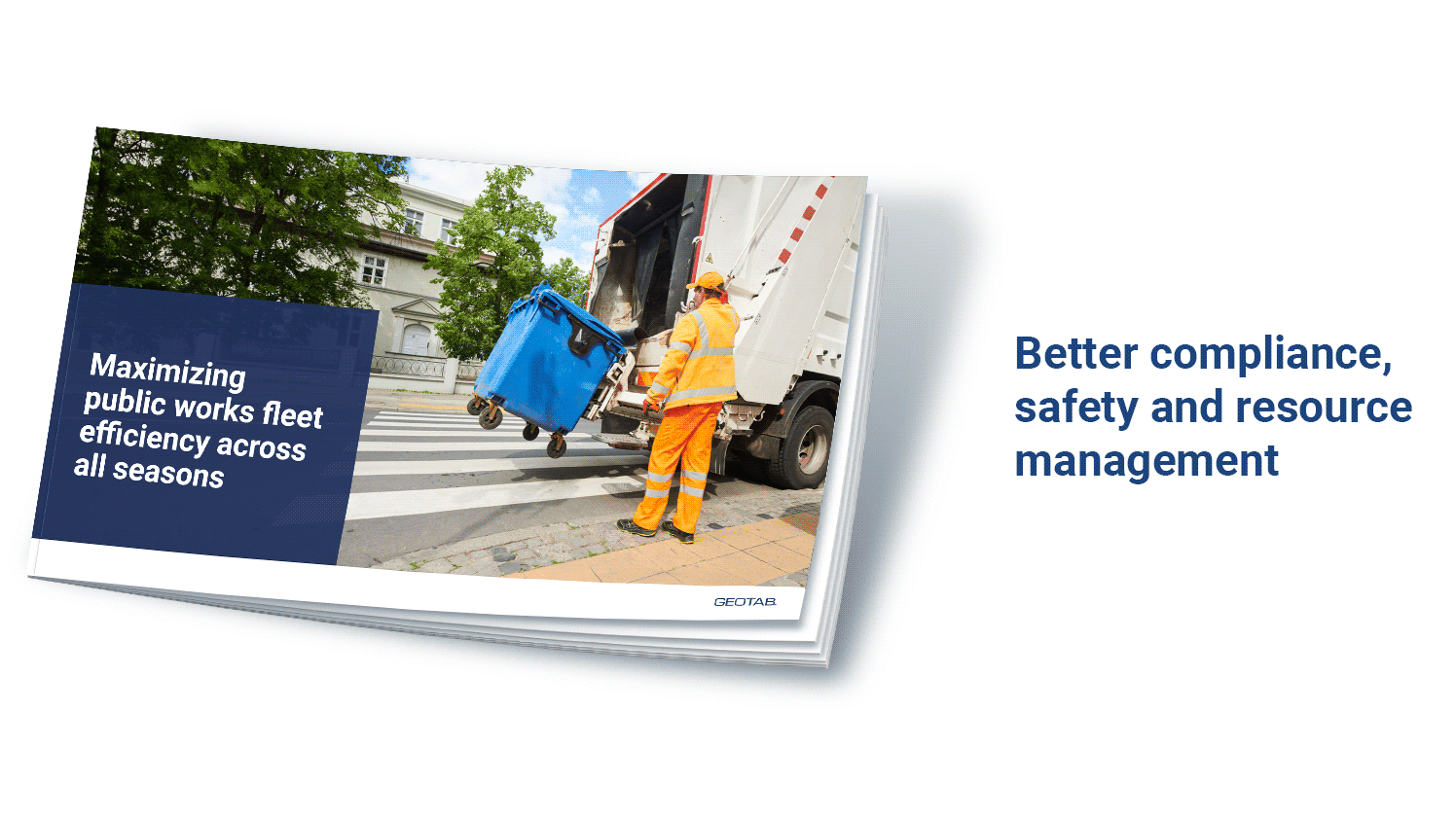
Conquer year-round public works fleet challenges
Your guide to choosing a telematics solution built for all seasons vehicles.

In this ebook, you’ll discover the impact telematics can have across your public works operation. All seasonal public works duties benefit from comprehensive asset performance monitoring to meet minimum maintenance standards and enable data-driven decision-making.
Inside you’ll find →
- 4 ways telematics data helps you hit your department goals
- An annual blueprint for optimizing seasonal operations with telematics
- Key factors in choosing a telematics partner for year-round success